Intro
Learn about breast cancer screening tests, including mammograms, ultrasounds, and MRIs, to detect breast cancer early, reducing mortality rates through regular check-ups and self-exams.
Breast cancer is one of the most common types of cancer affecting women worldwide. Early detection is crucial in improving the chances of survival and successful treatment. Breast cancer screening tests play a vital role in identifying the disease in its initial stages, even before symptoms appear. These tests help in detecting any abnormal cell growth or tumors in the breast, allowing for prompt medical intervention. The importance of breast cancer screening cannot be overstated, as it has been proven to reduce the mortality rate associated with this disease.
Regular breast cancer screening is essential for all women, particularly those with a family history of breast cancer or other risk factors. The screening process typically involves a combination of clinical breast exams, self-exams, and imaging tests such as mammograms and ultrasounds. By understanding the different types of breast cancer screening tests available, women can take an active role in maintaining their breast health and reducing their risk of developing this disease. In this article, we will delve into the various breast cancer screening tests, their benefits, and their limitations, providing readers with a comprehensive understanding of the subject.
The significance of breast cancer screening lies in its ability to detect cancer at an early stage, when it is more treatable. When breast cancer is detected early, the chances of survival increase significantly, and treatment options are more effective. Moreover, early detection can help reduce the need for aggressive treatments, such as mastectomies or chemotherapy, which can have a significant impact on a woman's quality of life. Therefore, it is essential for women to be aware of the different breast cancer screening tests available and to undergo regular screenings as recommended by their healthcare providers.
Types of Breast Cancer Screening Tests
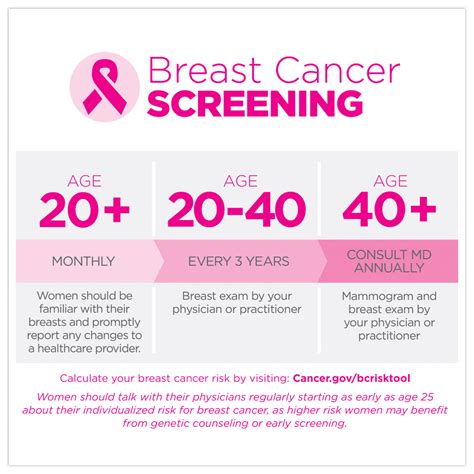
There are several types of breast cancer screening tests, each with its own benefits and limitations. The most common screening tests include clinical breast exams, mammograms, ultrasounds, and magnetic resonance imaging (MRI). Clinical breast exams involve a healthcare provider visually inspecting and palpating the breasts to check for any abnormalities. Mammograms, on the other hand, use low-energy X-rays to produce images of the breast tissue, helping to detect any tumors or abnormal cell growth. Ultrasounds use high-frequency sound waves to create images of the breast tissue, which can help distinguish between solid and fluid-filled tumors. MRI uses magnetic fields and radio waves to produce detailed images of the breast tissue, which can help detect cancer in women with a high risk of developing the disease.
Clinical Breast Exams
Clinical breast exams are an essential part of breast cancer screening. During a clinical breast exam, a healthcare provider will visually inspect the breasts to check for any abnormalities, such as changes in size or shape, or any visible lumps or dimpling. The provider will then palpate the breasts to feel for any lumps or thickening of the tissue. Clinical breast exams can help detect breast cancer in its early stages, particularly in women who are at high risk of developing the disease. However, clinical breast exams are not foolproof and may not detect all types of breast cancer.Mammography
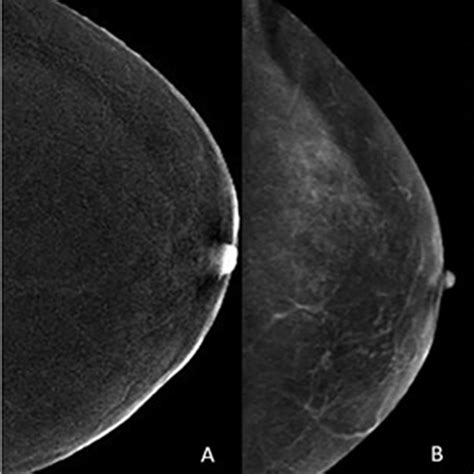
Mammography is the most commonly used breast cancer screening test. Mammograms use low-energy X-rays to produce images of the breast tissue, which can help detect any tumors or abnormal cell growth. There are two types of mammograms: screening mammograms and diagnostic mammograms. Screening mammograms are used to detect breast cancer in women who do not have any symptoms, while diagnostic mammograms are used to evaluate any abnormalities detected during a screening mammogram. Mammography is an effective screening tool, particularly for women over the age of 40. However, mammograms may not be as effective in detecting breast cancer in women with dense breast tissue.
Ultrasound
Ultrasound is a non-invasive screening test that uses high-frequency sound waves to create images of the breast tissue. Ultrasound can help distinguish between solid and fluid-filled tumors, which can be useful in detecting breast cancer. Ultrasound is particularly useful in evaluating any abnormalities detected during a mammogram or clinical breast exam. However, ultrasound is not as effective in detecting breast cancer as mammography and is typically used as a supplemental screening tool.Magnetic Resonance Imaging (MRI)
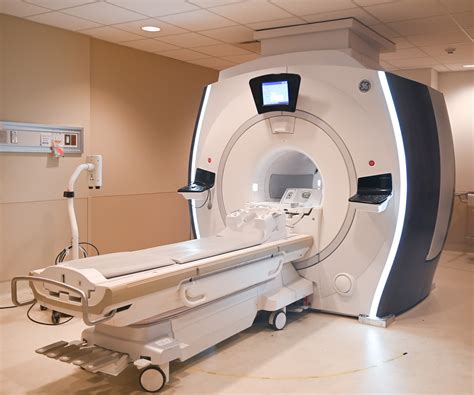
MRI is a non-invasive screening test that uses magnetic fields and radio waves to produce detailed images of the breast tissue. MRI is particularly useful in detecting breast cancer in women with a high risk of developing the disease, such as those with a family history of breast cancer or genetic mutations. MRI can help detect breast cancer in its early stages, particularly in women with dense breast tissue. However, MRI is not as widely available as mammography and may not be covered by all insurance providers.
Benefits and Limitations of Breast Cancer Screening Tests
Each breast cancer screening test has its benefits and limitations. Mammography, for example, is an effective screening tool, but it may not detect all types of breast cancer, particularly in women with dense breast tissue. Ultrasound, on the other hand, can help distinguish between solid and fluid-filled tumors, but it may not be as effective in detecting breast cancer as mammography. MRI is a highly sensitive screening tool, but it may not be as widely available or affordable as other screening tests.Importance of Regular Breast Cancer Screening
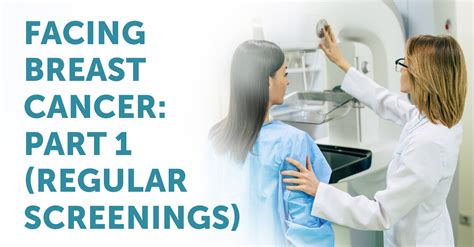
Regular breast cancer screening is essential for all women, particularly those with a family history of breast cancer or other risk factors. The American Cancer Society recommends that women between the ages of 40 and 44 have the option to start annual breast cancer screening, while women between the ages of 45 and 54 should undergo annual screening. Women over the age of 55 should undergo biennial screening, or have the option to continue annual screening. Regular breast cancer screening can help detect breast cancer in its early stages, when it is more treatable, and can reduce the risk of mortality associated with the disease.
Risk Factors for Breast Cancer
There are several risk factors for breast cancer, including family history, genetic mutations, and age. Women with a family history of breast cancer are at a higher risk of developing the disease, particularly if their mother, sister, or daughter has been diagnosed with breast cancer. Genetic mutations, such as BRCA1 and BRCA2, can also increase the risk of developing breast cancer. Age is also a significant risk factor, as the risk of breast cancer increases with age. Other risk factors include radiation exposure, obesity, and a lack of physical activity.Conclusion and Recommendations
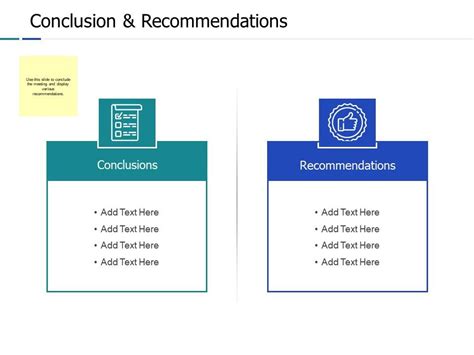
In conclusion, breast cancer screening tests are essential for detecting breast cancer in its early stages, when it is more treatable. Regular breast cancer screening can help reduce the risk of mortality associated with the disease and improve treatment outcomes. Women should undergo regular breast cancer screening, as recommended by their healthcare providers, and be aware of their risk factors for breast cancer. By understanding the different types of breast cancer screening tests available and their benefits and limitations, women can take an active role in maintaining their breast health and reducing their risk of developing breast cancer.
What is the most effective breast cancer screening test?
+Mammography is the most commonly used and effective breast cancer screening test, particularly for women over the age of 40.
How often should I undergo breast cancer screening?
+The American Cancer Society recommends that women between the ages of 40 and 44 have the option to start annual breast cancer screening, while women between the ages of 45 and 54 should undergo annual screening.
What are the risk factors for breast cancer?
+Family history, genetic mutations, and age are significant risk factors for breast cancer. Other risk factors include radiation exposure, obesity, and a lack of physical activity.
We hope this article has provided you with a comprehensive understanding of breast cancer screening tests and their importance in detecting breast cancer in its early stages. If you have any questions or concerns about breast cancer screening, please do not hesitate to reach out to your healthcare provider. Share this article with your friends and family to help raise awareness about breast cancer and the importance of regular screening. Together, we can reduce the risk of mortality associated with breast cancer and improve treatment outcomes for women affected by this disease.
